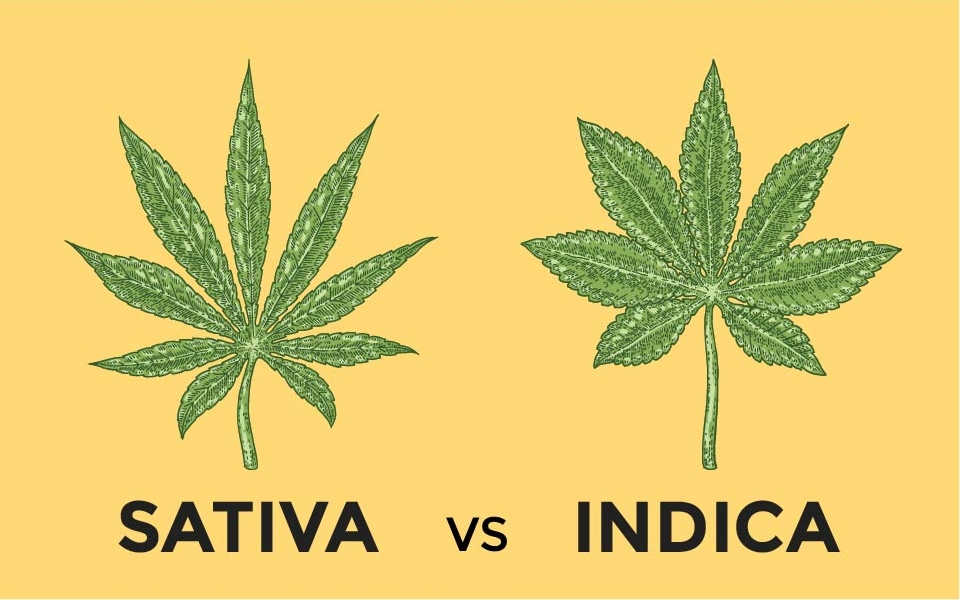Dairy Products
Indica vs Sativa: Discover the Difference
Blog
So you’re curious about the difference between an Indica vs Sativa.
Maybe you want to know the different types of highs you’ll get from an indica vs sativa vs hybrid. Whether you’re growing cannabis or just buying it, there is value in knowing what you’re consuming.
There are a staggering 2,494 cannabis strains currently recorded on the popular cannabis database Leafly. Some of these strains are classified as sativa and some are indica but the majority of them are under the hybrid category. So how are these categories different, how do they affect your high, and what should you pick, an indica or a sativa?
All cannabis can be classified into three different species: Indica, Sativa, and Ruderalis. Each species has their own set of strains (eg. Og Kush, Purple Haze, Pineapple Express, etc.) and desirable traits (eg. a sativa high stimulates brain activity, but an indica high loosens your limbs). Strains can be bred together to form a blend of traits. This blended strain is called a hybrid.
Today, we take a closer examination of each of these iconic plant species, their physical differentiators, and the various effects they provide.
INDICA
Background
Effects
Physical Appearance
Popular Strains
Classified in 1785 when Jean-Baptiste Lamarck described a second type of cannabis from India. Indica grows better in the cooler temperatures and high altitude of the Hindu Kush mountain range, including regions of Afghanistan, Pakistan, Morocco, India, and Nepal.
Often referred to as a night time favorite, this strain is primary used for relaxing. Indicas decreases energy and will put you ‘in da couch’. With its higher CBD levels, Indicas are often popular for medical purposes.
Short and bushy plant with wide leaves that are dark green, or even purple tinted. Its darker color is due to higher amounts of chlorophyll in the plant. Its buds grow in clusters and are heavy and fragrant.
Granddaddy Purple, Blueberry, Big Buddha Cheese
SATIVA
Background
Effects
Physical Appearance
Popular Strains
Classified in 1753, by a biologist named Carl Linnaeus. The sativa plants thrive in the warmer equatorial climates, such as Colombia, Mexico, Thailand, and Southeast Asia. Due to the plants popularity for medicinal and recreational consumption the plant is grown all over the world.
Often praised for its uplifting effect, sativa’s higher THC levels offer an energizing “head high”. Brain activity is stimulated, creating heightened senses and can offer enhanced creativity, productivity, and relief from depression.
Tall plant, loosely branched body with leaves that are long, thin, and are lighter green in color. Its buds are light, airy, and long.
Strawberry Cough, Sour Diesel, Jack Herer
Sativa is a taller plant that uses less chlorophyll and as such, it usually takes longer to flower – usually between 10 to 16 weeks. Indica is a faster growing strain that usually flowers between 7 to 9 weeks. Due to their short, yet dense nature, they are well suited for indoor growing.

